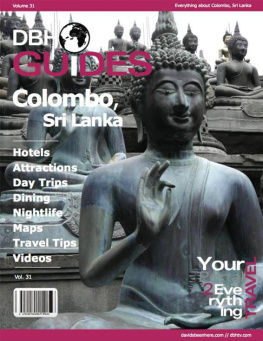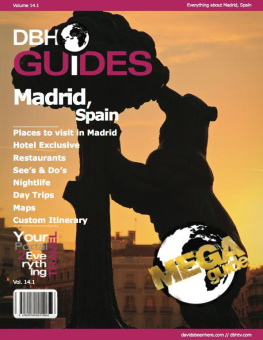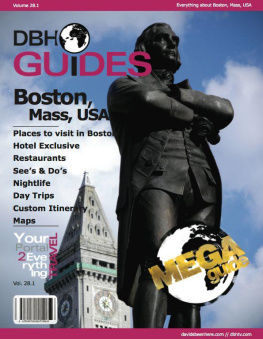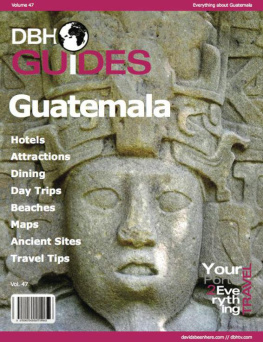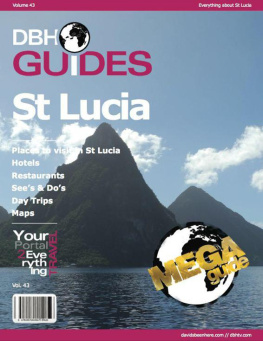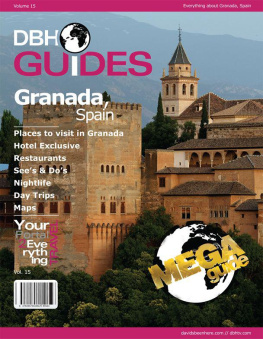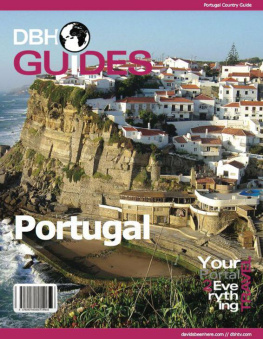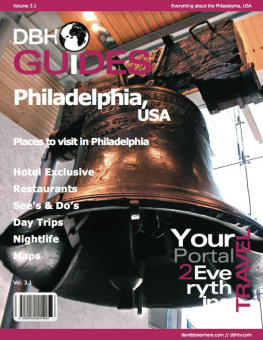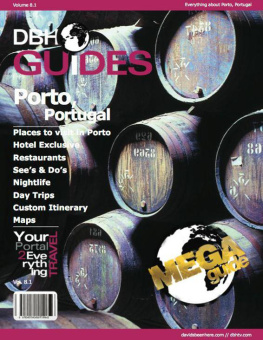Table of Contents
________________________
Sri Lanka Country Intro
________________________

Sri Lanka is an island nation in the northern Indian Ocean. Its proximity to India and age-old maritime trade routes has influenced its people and history, making it a veritable meting pot of cultures and ethnicities. After being plagued by civil war and devastation from the 2004 Indian Ocean tsunami, Sri Lanka is making a steady comeback. The future for the jewel of southern Asia is bright once again.
Brief History
Prehistory (32,000 B.C.): Historians believe that the Veddahs, Sri Lankas earliest inhabitants, crossed an ancient land bridge into Sri Lanka from India over 34,000 years ago.
Early Iron Age (1,000 600 B.C.): Anuradhapura becomes a center of commerce and population growth.
Third century B.C.: Buddhism arrives from India and greatly influences what is now known as Sinhalese culture. It is believed that Mihintale (near Anuradhapura) is the place where King Devanampiyatissa first received the Buddhas teachings. There is constant trade between Sri Lanka, India, Asia, Europe, and the Arab world.
Second century B.C.: The Anuradhapura Kingdom spans across Sri Lanka. Buddhist monks are establishing monasteries throughout the island.
993 A.D.: Invasion of the Anuradhapura Kingdom by the Chola Dynasty from southern India. The capital of the kingdom is moved to Polonnaruwa, where it remains for more than 200 years.
16 th century: Portuguese colonists arrive in Sri Lanka in 1505 with hopes of controlling the spice trade. At this time the three main Sri Lankan kingdoms are Jaffna (Tamil), Kandy (Sinhalese) and Kotte (Sinhalese). Portuguese forces ultimately overpower Jaffna and Kotte, but Kandy remains resistant and independent.
17 th century: Dutch colonists arrive in 1602 and stay for the next 140 years.
18 th and 19 th centuries: Holland cedes Sri Lanka to the British, who promptly make the island a British colony and name it Ceylon. The British take over the Kandyan Kingdom in 1815. Tea becomes the crop of choice for the British, who ship in thousands of plantation Tamils from southern India to work the fields. Ceylon is now a potpourri of cultures.
20 th century: Ceylon struggles for independence. In 1948, the island becomes fully independent. Plantation Tamils are denied citizenship and disenfranchised by the government, igniting an ethnic conflict between Sinhalese and Tamils. Violence erupts in the early 1980s with Tamil massacres throughout the country. Many Tamils flee Sri Lanka. A 25-year civil war ensues during which nearly 100,000 people are killed.
2002: A ceasefire agreement is reached.
2004: Indian Ocean earthquake on December 26, 2004 causes a massive tsunami that ravages Indonesia and parts of India, Thailand and Sri Lanka. Sri Lankan fishing communities are devastated.
2008-2012: Government pulls out of 2002 ceasefire agreement and fighting continues. Both sides are accused of atrocities. The Tamil Tigers rebel group is defeated in 2009 after its leader, Velupillai Prabhakaran is killed. The 26-year-long conflict comes to an end, although tensions between sides continue.
Geography and Climate
Sri Lanka is a sizeable teardrop-shaped island with a total area of approximately 65,600 square kilometers. The islands topography is diverse central highlands, plains, plateaus, and sandy beaches. At 2,524 meters above sea level, the highest peak is Pidurutalagala Mountain, or Mount Pedro. Sri Lanka has a tropical climate with relatively hot temperatures. Rainfall is subject to weather conditions in the Indian Ocean, which produces monsoon winds and heavy rains. There are two monsoon seasons, the Yala and the Maha. The Yala monsoon lasts from May to July and affects the southwestern zone (mountainous region and the cities of Colombo, Negombo, Kandy and Galle). The Maha monsoon lasts from October to January, affecting the northeastern part of the country. Therefore, the eastern beaches are in season when the southern ones are not, and vice versa. This makes Sri Lanka a year-round destination since half of the island is always in season.
Culture
Buddhism has had a significant influence over Sri Lankan culture since being introduced here in the third century B.C. Nowhere is this more evident than in the Buddhist cave monasteries scattered throughout the country. The caves are adorned with Buddhist paintings, sculptures, and inscriptions that detail the significance of Buddhist principles in Sri Lankan society. Despite efforts by Christian missionaries to convert the population, roughly 70% of Sri Lankans are Buddhist. The Sacred Tooth Relic of the Buddha is one of Sri Lankas most treasured possessions. Steeped in myth and legend, the revered tooth relic is kept in the Temple of the Sacred Tooth in Kandy. Each summer, the tooth is placed inside seven golden caskets and paraded through the streets on an elephants back during the Festival of the Sacred Tooth a tradition in Sri Lanka for the last 800 years! Colonial rule also left its mark on Sri Lankan culture. Cricket is the national sport and English is widely spoken. Sri Lankans drink tea regularly and the country is the fourth largest tea producer in the world.
Gastronomy
In general, Sri Lankan food is aromatic and spicy. Rice and curry is the national dish, which is usually served with spicy chutney. Dried chilies, onions, cumin, coconut milk, and curry powder are common ingredients in Sri Lankan cuisine. Breakfast usually consists of hoppers, or crepe-like pancakes, with a fried egg inside and accompanied by a spicy condiment called sambol. Other popular local dishes are lentil curry, milk rice with onion sambola, and kottu (stir fry). Most hotels offer international dishes in addition to traditional rice and curries. Fresh fruit juices are available at roadside stalls throughout the country.
Tourism
The tourism industry has grown at a steady pace since the end of the civil war in 2009, and it is no wonder why. Sri Lanka is an exotic paradise of natural beauty, ancient cities, and captivating wildlife. Luxury hotels are sprouting up all through the country, giving travelers plenty of options where to spend their holidays. Many are now choosing Sri Lankas untouched coastline over Thailands busy beaches. The country has three international airports, two of which are in the capital. The national airline is SriLankan Airlines, which currently serves 62 destinations including U.K., Italy, Germany, China, India, U.A.E., Thailand, Japan and Singapore.
For more information about travel to Sri Lanka, please visit the official website of Sri Lanka Tourism Board at www.srilanka.travel.

Colombo Intro
________________________

Located on the west coast, Colombo is Sri Lankas capital and largest city. Like Galle and other cities along the western coast, Colombo also endured a turbulent past under the rule of the Portuguese, Dutch, and British. But even before Europeans dug their claws into Sri Lankas strategic port city, seafaring traders were using Colombo as a major trade hub over 2,000 years ago. Even ancient societies like the Greeks, Romans, Persians and Arabs understood the value of trading goods with one another and the Sinhalese kingdom along the east-west trade routes in one of Sri Lankas largest natural harbors.
Nowadays, Colombo is an international city and Sri Lankas commercial center . It possesses a truly unique mix of natural, colonial, and modern features. Almost every British governor that held office in Colombo has a street named after him. The city itself is not that large in comparison to other Asian cities, and it takes just 40-45 minutes to travel from one side of town to the other. In just one day you can see colonial buildings, explore the harbor, visit elaborately decorated mosques and temples, and enjoy a refreshing dip at the beach. Visitors can get a crash course in the islands history and culture at the National Museum. Its exhibits range from prehistoric to modern, and chronicle the islands natural, political, and artistic history. The Gangaramaya Temple and the Dehiwala Zoo are also musts. Colombo also features tons of outdoor public space like the Viharamahadevi Park, Beira Lake, Galle Face Green, Independence Square, Pettah, and the Colombo Fort.
Next page
